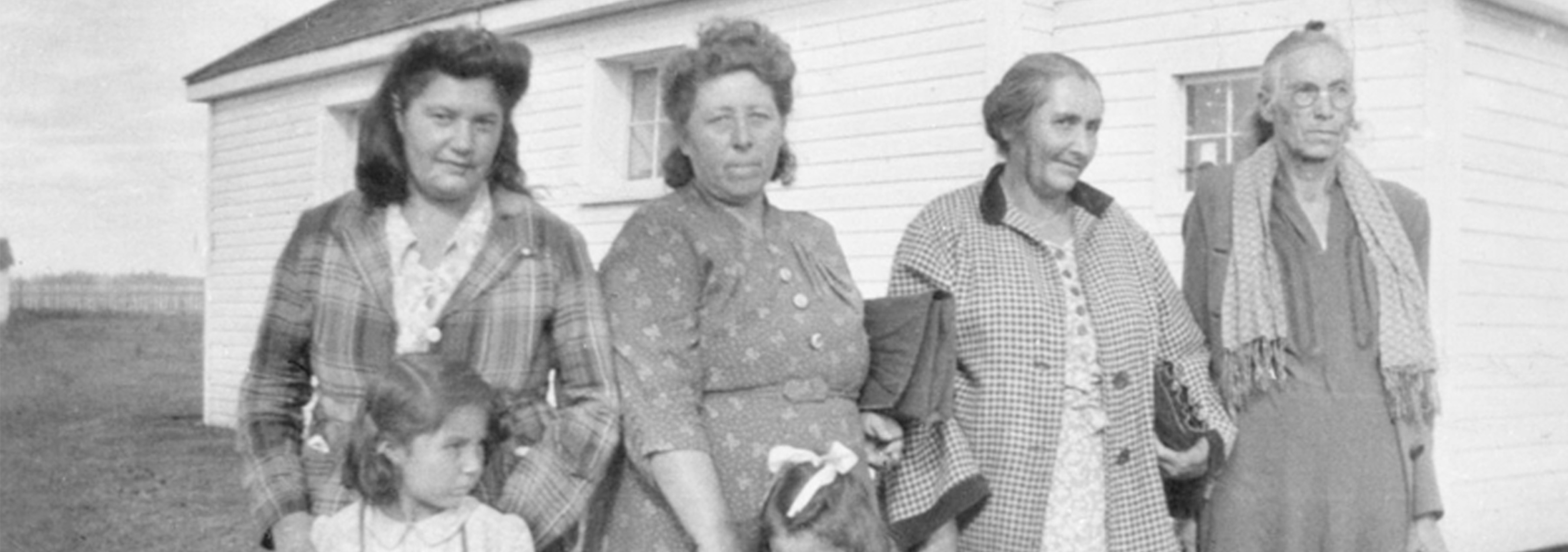Métis communities are found in many provinces and territories in Canada; however, the only legislated Métis land base is in Alberta. Eight Métis settlements are located across the northern and central-eastern part of the province: Paddle Prairie, Peavine, Gift Lake, East Prairie, Buffalo Lake, Kikino, Elizabeth and Fishing Lake. As of 2021, the settlements cover 1.25 million acres of land and are home to approximately 4,238 people. That year, 3,540 people reported that they were registered members of Métis Settlements in Alberta. The Métis Settlements are self-governing and provide for the protection of Métis culture and identity.

Métis Land Issues
In 1872, the Dominion Lands Act enabled the federal government to grant lands in the West to various parties and individuals. However, the Dominion Lands Act did not include the Métis until amendments were put in place in 1879. The amendments addressed unsettled land claims of First Nations and Métis in the West. Yet even after 1879, the Métis had limited access to lands compared to non-Indigenous settlers. The scrip system, organized by the federal government and in place between 1870 and 1924, was the process by which the Métis could acquire formal title to their lands. The Métis were also excluded from most treaties that set aside land in the form of reserves for First Nation peoples (see also Numbered Treaties).
Métis Population Betterment Act
During the Great Depression, Métis leaders lobbied the Alberta government to set aside land for Métis settlers. In 1934, the provincial government created the Ewing Commission. Its mandate was to report on the socio-economic status of the Métis, including land issues. The commission recommended the government set aside land for Métis, called “colonies.” In 1938, the Métis Population Betterment Act (renamed the Métis Betterment Act in 1955) created 12 “colonies” in the central and northern parts of Alberta. Four of these “colonies” later lost their settlement status: Touchwood (1940), Marlboro (1941), Cold Lake (1956) and Wolf Lake (1960). Métis withdrew their request for settlement at Touchwood and Marlboro because the lands were not deemed suitable. Due to a declining population, Cold Lake gave up its status, followed by Wolf Lake. The remaining eight settlements – Paddle Prairie, Peavine, Gift Lake, East Prairie, Buffalo Lake, Kikino, Elizabeth and Fishing Lake – continue to be vibrant Métis communities.
Problems with the Métis Betterment Act
Métis in Alberta were frustrated by the lack of self-governing authority in the governance structure of the Métis Betterment Act. While the Act provided for Settlement Associations for each of the communities, increased government control over the settlements during the 1940s and 1950s reduced Métis decision-making powers.
In 1975, a group of activists formed the Alberta Federation of Métis Settlement Associations to act as the political voice of the settlements. They pursued such goals as land security, local self-government and long-term economic self-reliance. The MacEwan Committee, formed in 1982 by the provincial government, was tasked with reviewing the Métis Betterment Act. After a two-year inquiry, the committee recommended that the Métis be given the ability to self-govern and manage their own affairs.
Alberta-Métis Settlements Accord and the Métis Settlements Act
In 1985, the Alberta government passed Resolution 18 (also known as Motion 18). This was a resolution committing the province to transfer title of the settlements to the Métis people and to provide constitutional protection of the lands by means of an amendment to the Alberta Act. This paved the way for the historic 1989 Alberta-Métis Settlements Accord. This agreement provided the framework for self-government and land recognition. It also replaced the Métis Betterment Act.
The Métis Settlements Act, included as part of the Accord and which came into law in 1990, established eight settlement corporations and the Métis Settlements General Council as legal entities. The new Act also created the Métis Settlements Appeals Tribunal, which provides a dispute resolution mechanism dealing with membership, land use and resource matters on settlements. The Métis Settlements Act includes the Subsurface Resources Co-Management Agreement, an agreement whereby the settlements and the province jointly manage oil, gas and other subsurface resources on the settlements.

 Share on Facebook
Share on Facebook Share on X
Share on X Share by Email
Share by Email Share on Google Classroom
Share on Google Classroom




